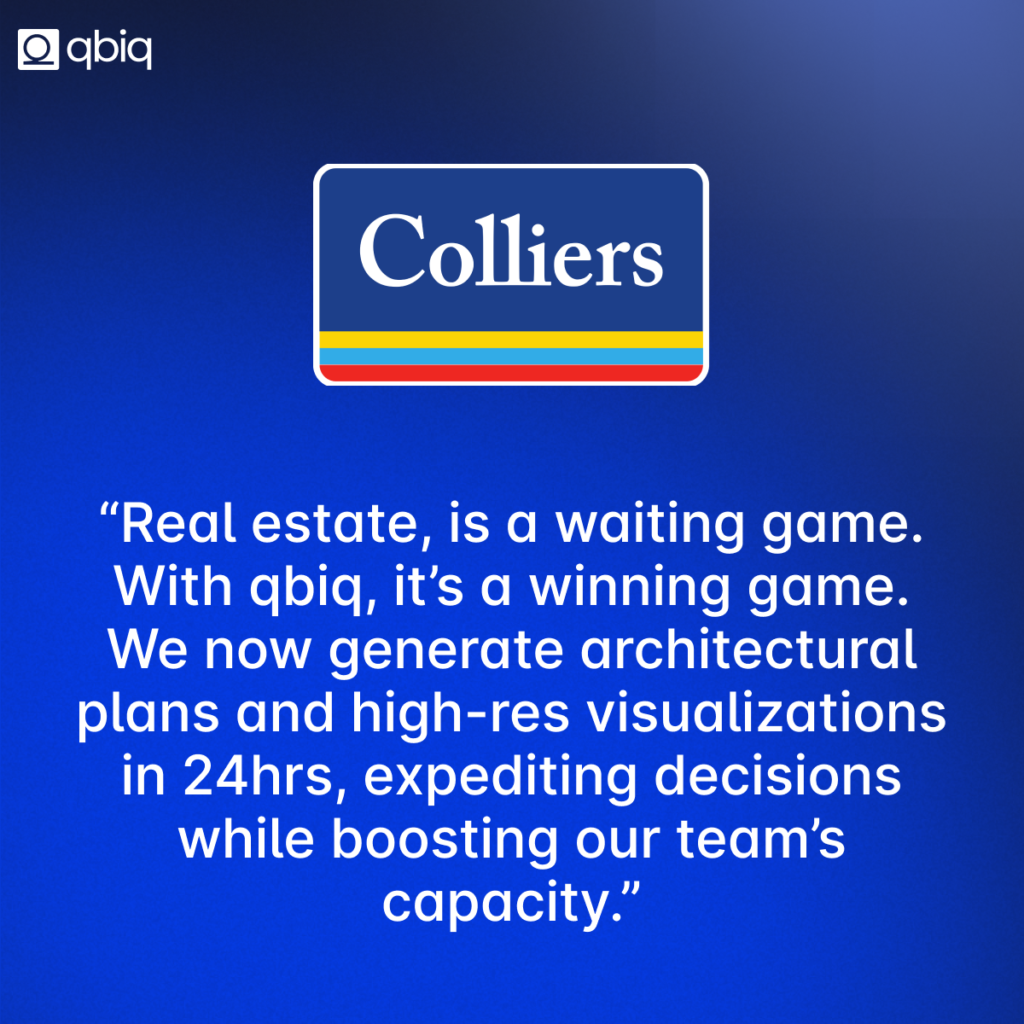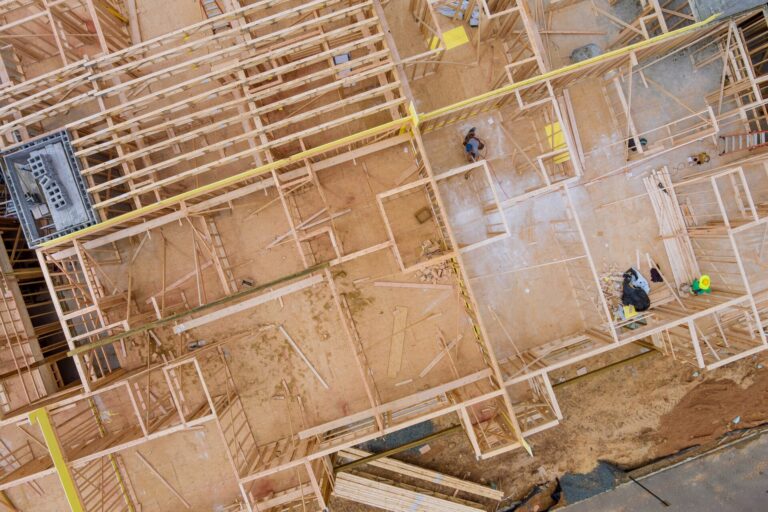The Office Leasing Model Is Stuck in the Past
Office landlords know the drill: a vacancy opens, marketing materials are updated, brokers schedule tours, and the waiting game begins. Deals take months, often stalling because tenants can’t visualize the space or spend weeks coordinating site visits. In a competitive market, every delay chips away at profitability.
Here’s the problem: traditional leasing strategies assume tenants will invest the time to imagine themselves in an empty office space. But the reality is that most prospects don’t have the patience or vision. When site visits, static photos, and floor plans fail to provide clarity, deals fall through or take far longer than they should.
Pain Points Facing Office Landlords
- Vacancy Costs Add Up Quickly
For every day an office remains vacant, landlords lose potential income. This isn’t just about rent—it’s also about operational costs that aren’t offset by tenant occupancy. - Inefficient Marketing Materials
Static PDFs and outdated floor plans rarely excite tenants. They lack the ability to show how a company’s unique needs—desk layouts, collaboration areas, branding—can fit into a space. - Too Many Site Visits, Too Few Results
Site visits require coordination, preparation, and time. Many prospects walk away unimpressed simply because they couldn’t envision how their team would function in the space. - Slow Deal Cycles
Between initial interest and lease signing, the deal cycle often drags on for months due to back-and-forth over space fit, layout changes, and decision-making delays.
Read more:
AI-Generated Floor Plans: The Future of Office Virtual Tours
AI-generated floor plans are revolutionizing how landlords showcase and optimize their spaces, offering a level of speed and precision previously unimaginable. According to insights from RealSpace 3D, these systems enable landlords to create multiple tailored layouts in minutes, providing instant solutions that save time and eliminate inefficiencies in the planning process.
For office landlords, this means no more waiting weeks for architects to deliver initial test fits or spending hours coordinating revisions. Instead, AI-driven platforms can produce optimized layouts that factor in operational needs, tenant preferences, and building constraints—all in real-time. These layouts integrate seamlessly into marketing materials, giving prospective tenants a clear, functional view of how the space can support their business.
By integrating AI-generated floor plans into leasing workflows, landlords gain a competitive edge: faster turnaround times, higher tenant engagement, and ultimately, shorter vacancy periods. Platforms offering these capabilities are reshaping what’s possible in commercial property marketing and decision-making.
How qbiq Solves Key Landlord Pain Points
qbiq takes AI-driven office leasing to the next level by combining realistic virtual tours with instant, AI-powered layout planning. Here’s how qbiq delivers for landlords:
- Realistic 3D Virtual Tours
Instead of showcasing an empty floor, qbiq’s platform generates high-resolution, branded tours. Prospective tenants see how their furniture, branding, and layout would look in the space—bringing the office to life without stepping foot inside. - Instant Space Planning
Landlords no longer have to wait weeks for architects to deliver test fits. qbiq’s AI generates multiple layout options in less than 24 hours, tailored to the tenant’s requirements. - Fewer, More Productive Site Visits
By offering fully interactive virtual tours, qbiq cuts down on unnecessary site visits. Tenants visit only after they’ve seen exactly how the space can meet their needs, leading to faster and more confident decision-making. - Shorter Deal Cycles
With instant layouts and immersive tours, qbiq eliminates the guesswork and delays that typically slow leasing. Landlords who use qbiq report faster lease-ups and reduced vacancy periods—a direct boost to their bottom line.
The Competitive Advantage for Landlords
AI-powered tools like qbiq aren’t just “nice to have.” They’re rapidly becoming a competitive necessity in the commercial real estate market. Tenants expect speed, clarity, and personalization—and landlords who can’t deliver will lose deals to those who can.
The future of commercial property virtual tours isn’t just digital—it’s immersive, tailored, and fast. With qbiq, landlords have the tools they need to not just keep up, but lead the market.









